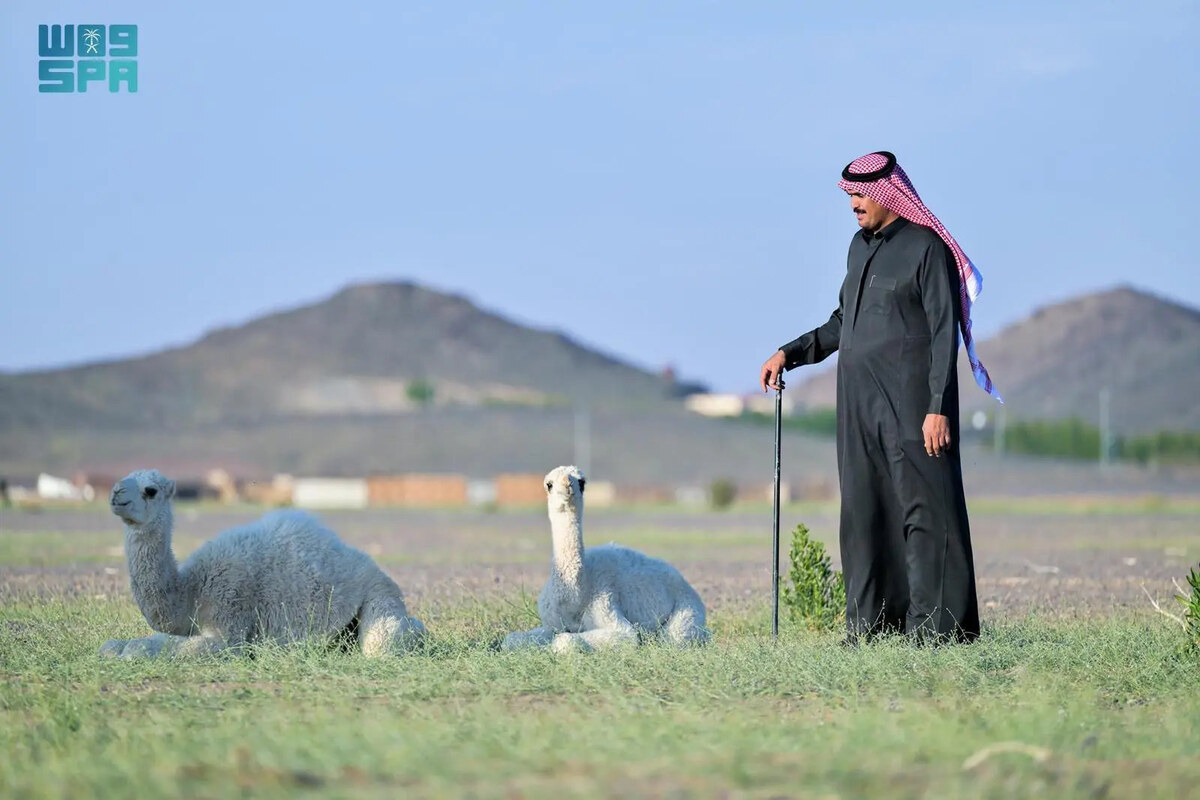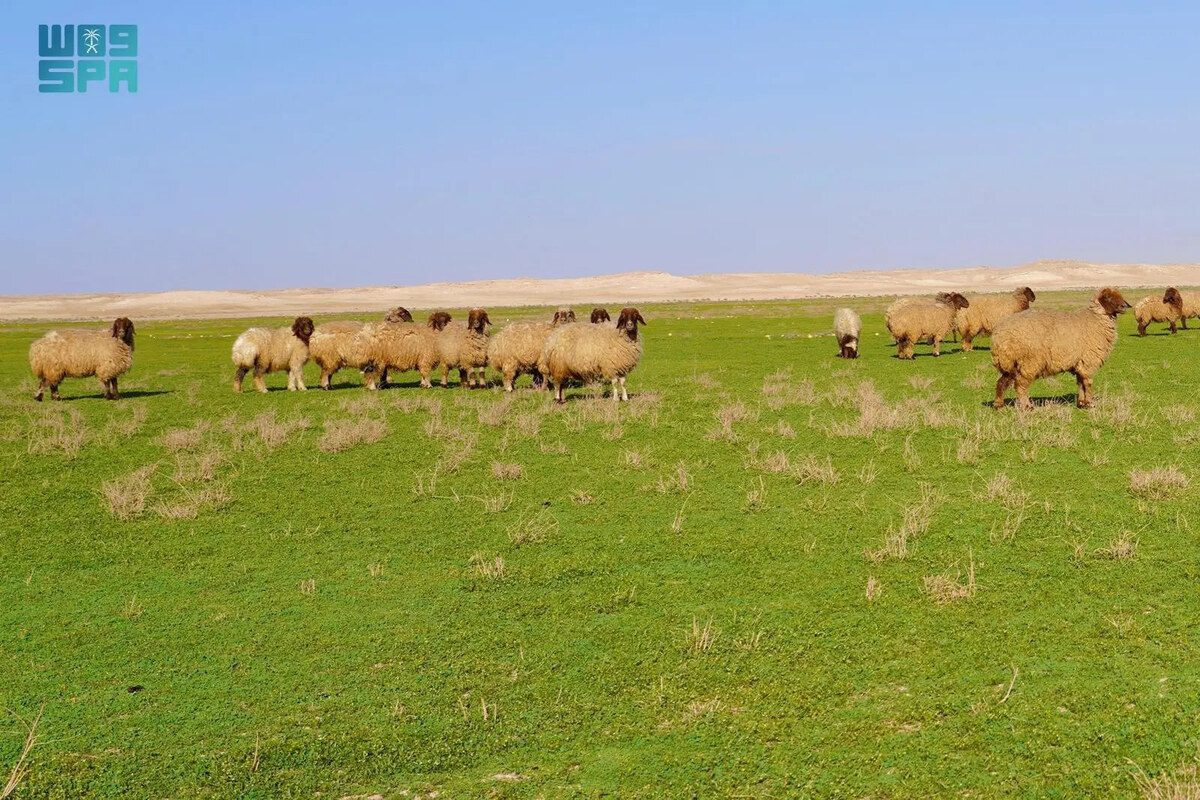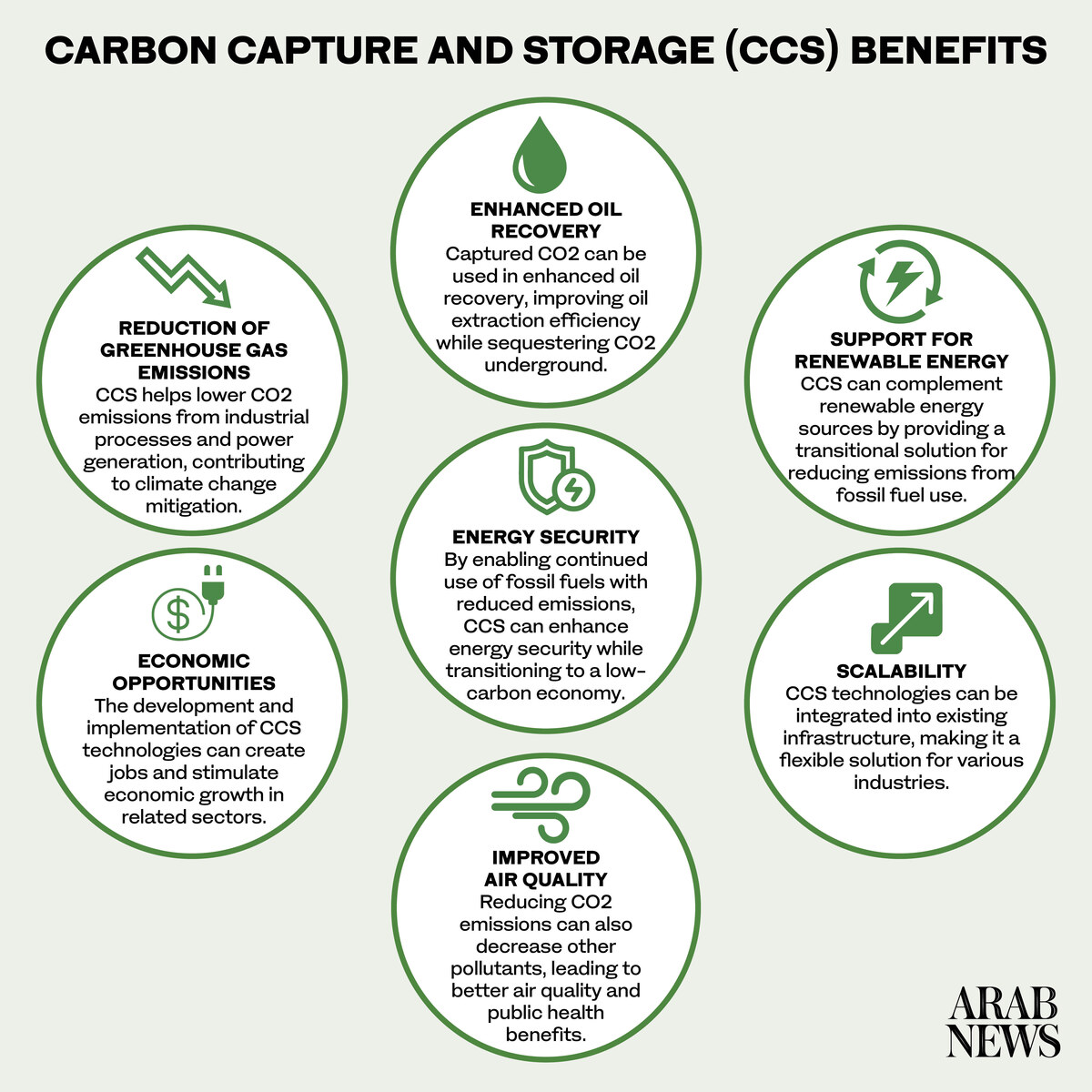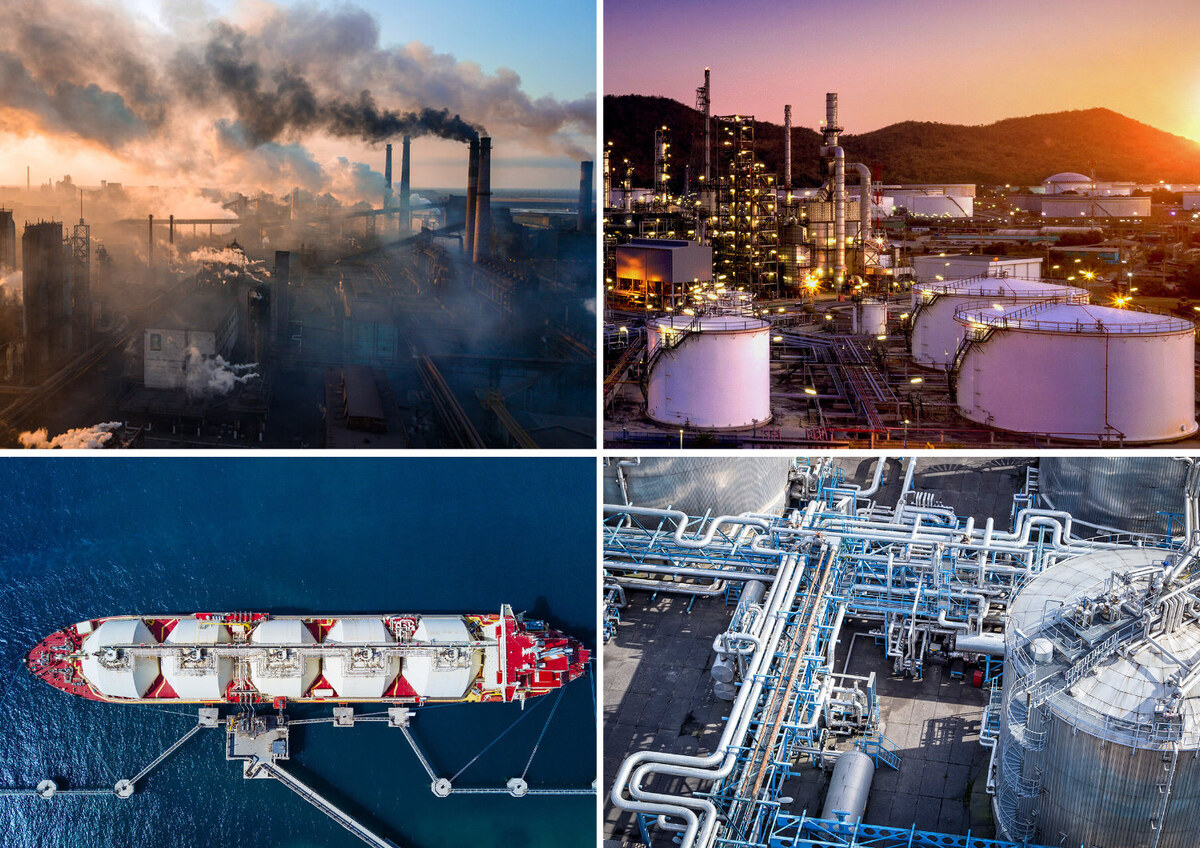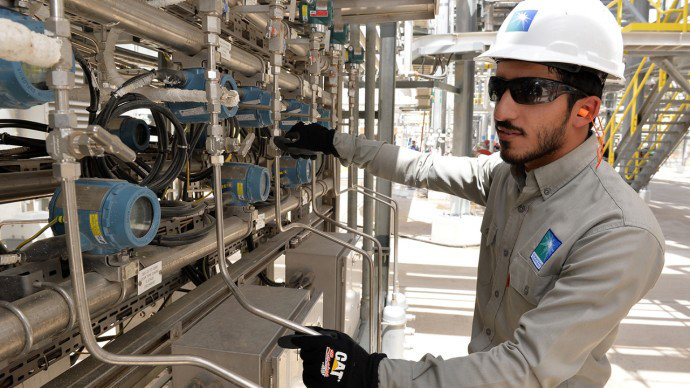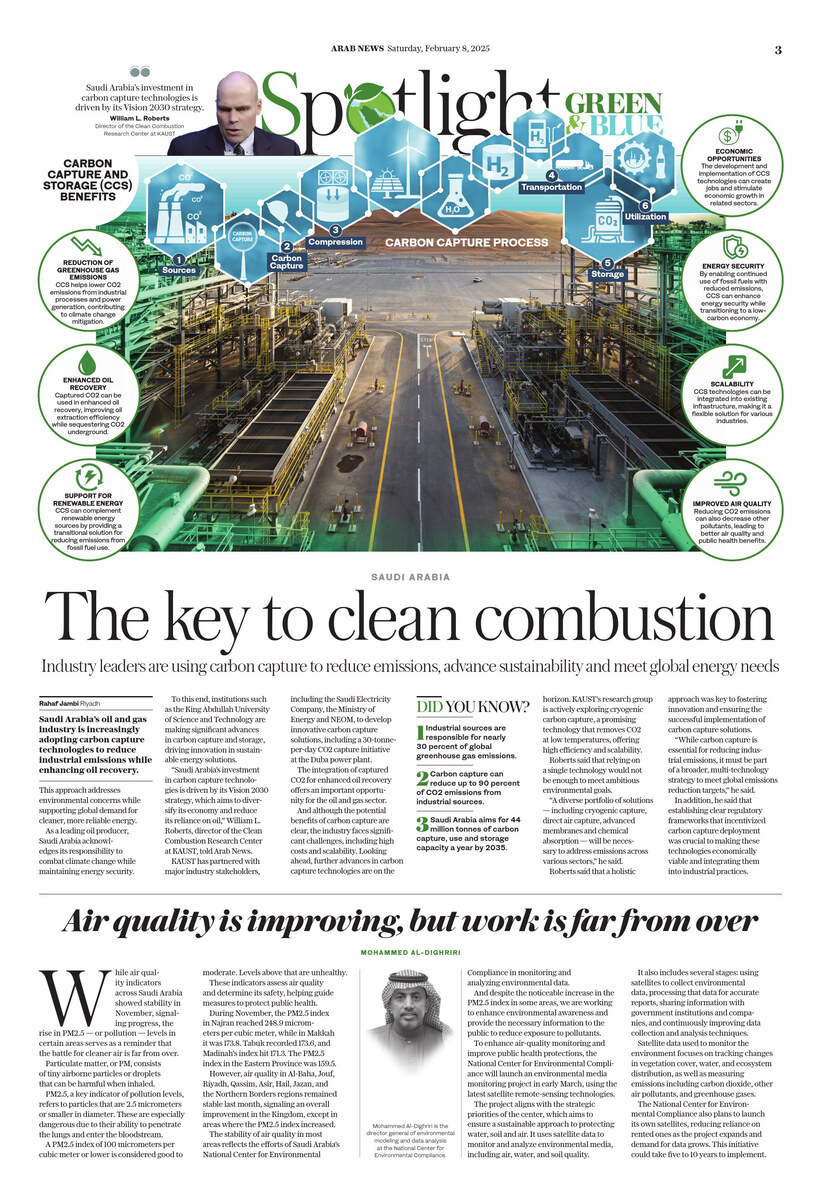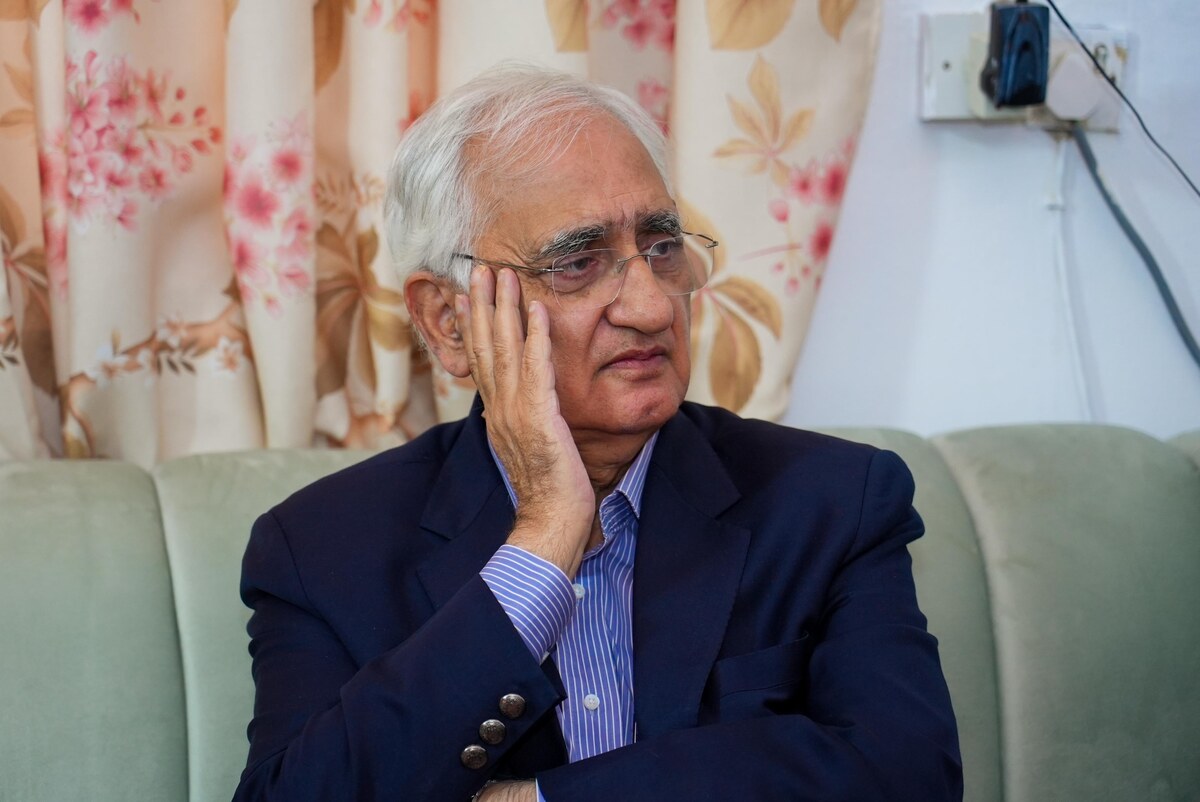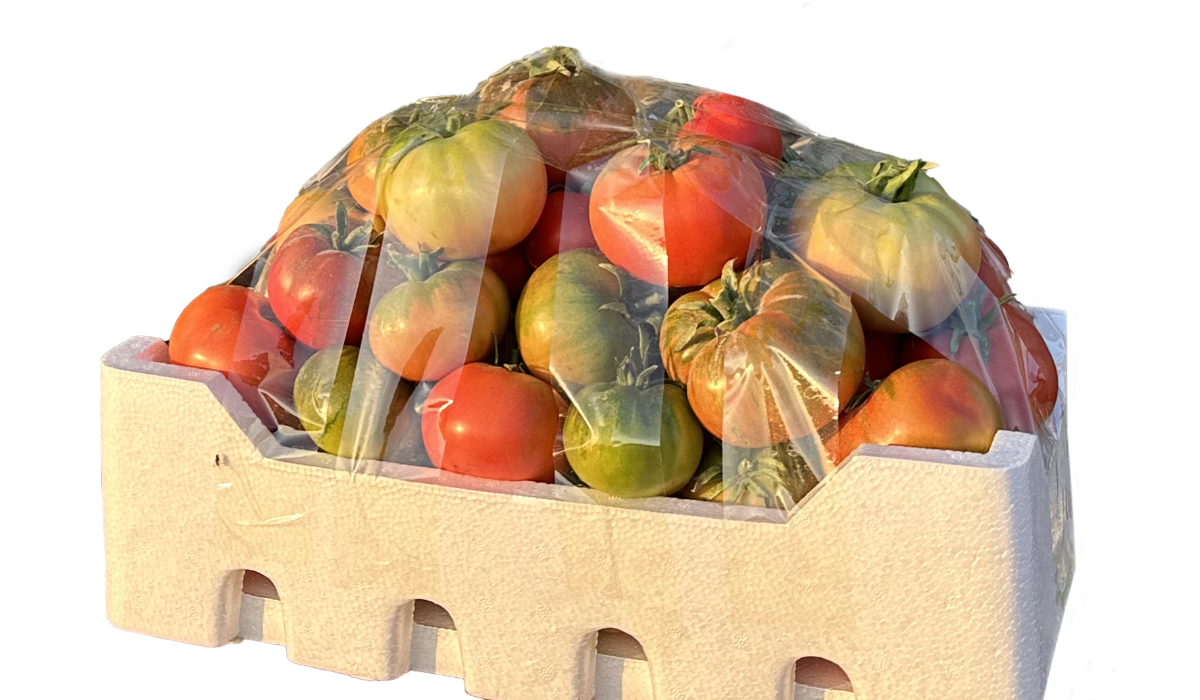JEDDAH: Warner Bros. Discovery’s new indoor entertainment destination in Jeddah is showcasing six concept zones inspired by some of cinema’s most iconic stories.
The venue includes “Batman,” “Tom and Jerry” and “Harry Potter” zones, alongside areas for shoppers.
Enthusiasts will be able to delve into Batman’s storied history and evolution with comic book displays, as well as interactive virtual and augmented reality games.

The Warner Bros. Discovery entertainment zone is open until Aug. 16, featuring interactive, family-friendly attractions and live entertainment. (Instagram/jed.calendar)
The zone featuring Harry Potter’s Magical World zone resembles Hogwarts from the movies. It includes interactive games inspired by the films, including a broomstick ball-throwing contest, and a store replicating the experience of Harry Potter buying his first wand.
Walid Jabbour, managing director of EventBox, said: “The ‘Warner Brothers Discovery Celebration’ is a unique event that brings together the best of Warner Bros. — from 100 years of history encompassing animation studios, ‘Harry Potter,’ movies, and superheroes — all in one place here in Jeddah.”
FASTFACT
The Warner Bros. Discovery entertainment destination includes ‘Batman,’ ‘Tom and Jerry’ and ‘Harry Potter’ zones, alongside areas for shoppers.
He added: “What makes it truly special is that it’s the first time such a comprehensive gathering of Warner’s iconic properties is taking place in Jeddah.
“Bringing this grand spectacle to our audience underscores our commitment, and the enthusiastic response from visitors affirms that having ‘Batman,’ ‘Harry Potter,’ and more all in one location is truly extraordinary.”
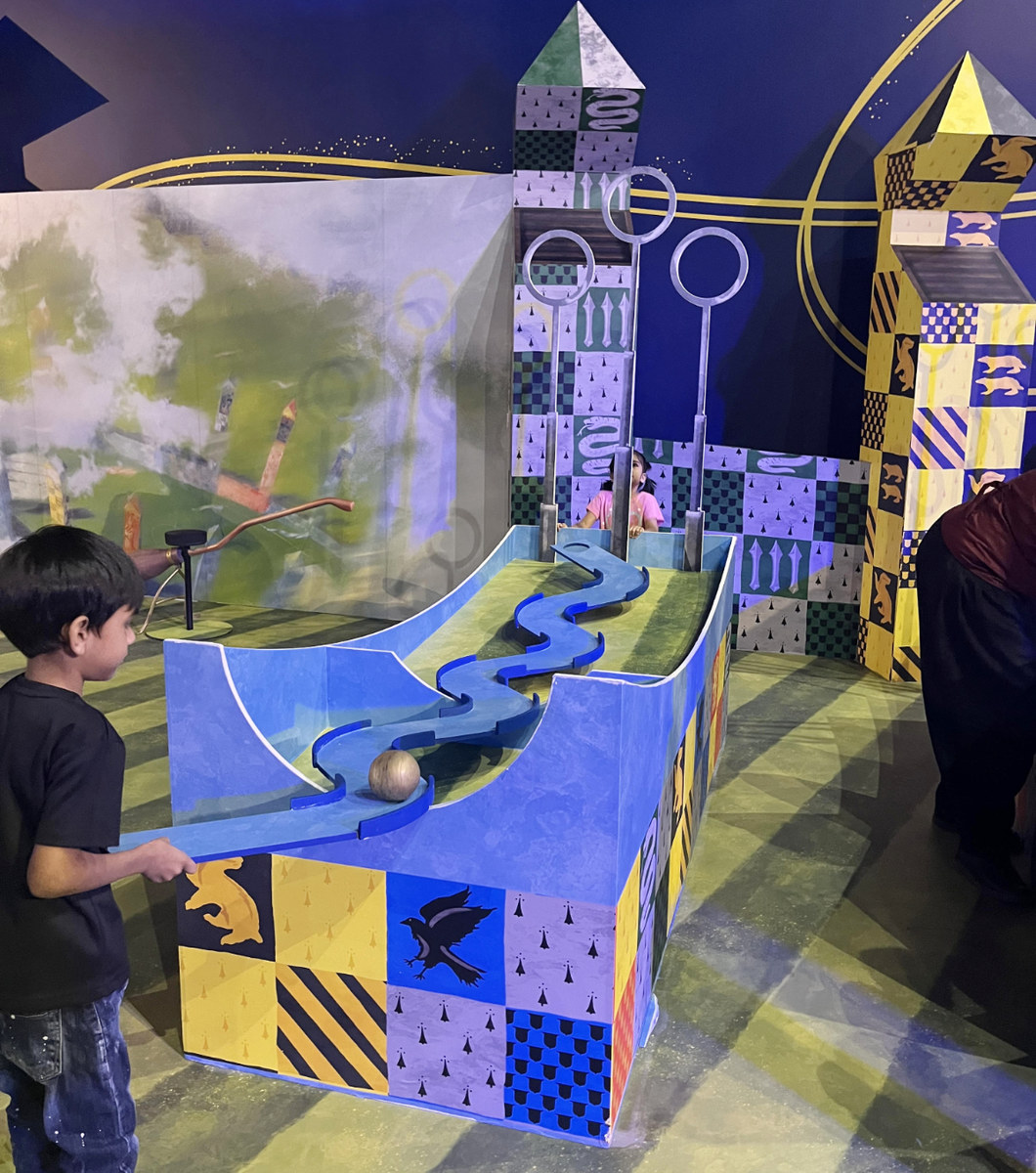
Harry Potter’s Magical World includes interactive games inspired by the fictional wizarding world. (AN photos)
Young visitors will also have the opportunity to meet their favorite heroes and characters from Warner Bros. Discovery, including Batman, Superman, Wonder Woman, The Flash from the “Justice League,” as well as Tom, Jerry, and the Scooby-Doo gang.
Julene Muller, event art director, told Arab News: “The energy and excitement from the crowd have been phenomenal, making this event a vibrant celebration for all ages.”
She added: “There’s always something new to discover, with various experiences, walkthroughs, and plenty of photo opportunities available. And of course, the Batmobile remains a favorite among visitors.”
Aleksandar Radulovic, a crew member of the Tom and Jerry Mini Orchestra, explained: “We are aiming to bring the music of the classic cartoons to life. These are the cartoons we grew up with, and now we want to share them with the younger generation.”
Their ensemble consists of a drummer, trombonist, pianist, bassist, and percussionist who plays the xylophone and produces other effects.
“Everything is meticulously organized, and we’re thrilled to be here. We originally collaborated on these ‘Tom and Jerry’ projects with Warner Bros., starting two years ago in Riyadh,” he added.
Fahad Nazer, a father of three, said: “The fully air-conditioned indoor entertainment area is a lifesaver this summer. My kids explored all the concept zones and had a fantastic time.
“The staff was extremely helpful and supportive, especially with the games, so I didn’t have to worry about my children getting lost.”
He said the crowd control was “impressive with five different time slots for booking tickets, which manages the flow very well and ensures kids can enjoy interactive games with shorter lines.”
Another visitor, Mohammed Harbi, said: “My son was thrilled to train with Superman and Batman. It’s amazing that Jeddah now has such a unique entertainment venue; having Warner Bros. here was a pleasant surprise.
“Experiencing it not only brought joy to our children but also allowed us to reminisce about our own childhood days with the ‘Tom and Jerry’ show. I never imagined we’d have such attractions in the city, and the tickets are affordable.
“However, it was challenging for me with a 9-month-old baby since they don’t allow strollers.”
The entertainment zone is open until Aug. 16.
Highlights and attractions
The “Celebrate Every Story” event features four shows across three stages. On the main stage, there is “Looney Tunes: Get in the Game,” an interactive sports-themed show where Bugs Bunny and Daffy Duck compete to become the new team captain of Team Looney Tunes.
The “Tom and Jerry Mini Orchestra Performance” displays classic animations of the iconic cat and mouse duo on a large screen with a live orchestra playing their memorable tunes and sound effects.
The “Justice League Training Show,” allows guests to train alongside Justice League members and assist in saving the day during a live stage event. At the “Scooby-Doo: Mystery at the Mall” show visitors can help Scooby and the gang solve a mysterious case.
At the “Batman: Legends of the Dark Knight Experience” zone visitors can explore the iconic Batmobile from the movie “Batman Returns,” the Keaton Mobile and impressive life-sized figures of Batman, The Joker, Harley Quinn, and Catwoman.
The Animation Zone is a must-visit for cartoon lovers. It brings to life the worlds of “Looney Tunes" and “Scooby-Doo,” with interactive games and mystery-solving adventures.
The Celebration Zone allows visitors to take photographs and relive pivotal moments from the history of Warner Bros.










